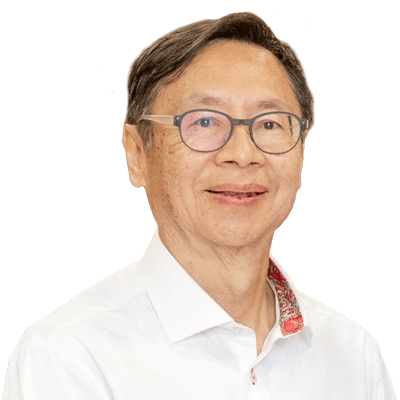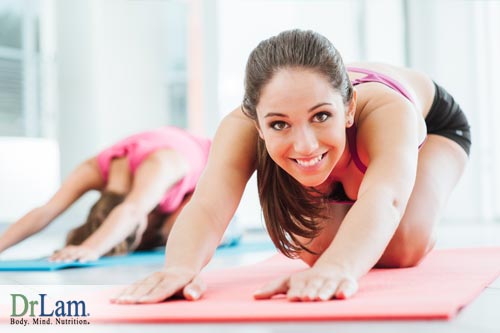 Properly performed exercises have been shown to modulate hormonal imbalance through the menopausal years and beyond. For example, strength training has been shown to increase growth hormone secretion. Those who exercise regularly are also happier, less depressed, and have an optimistic outlook on life. A decrease in physical and mental exhaustion and menopause symptoms results in increased life expectancy. Statistically, life expectancy increases by two hours for every hour spent.
Properly performed exercises have been shown to modulate hormonal imbalance through the menopausal years and beyond. For example, strength training has been shown to increase growth hormone secretion. Those who exercise regularly are also happier, less depressed, and have an optimistic outlook on life. A decrease in physical and mental exhaustion and menopause symptoms results in increased life expectancy. Statistically, life expectancy increases by two hours for every hour spent.
Precision anti-aging exercises must incorporate flexibility, cardiovascular and strength training exercises. All it takes is 5 minutes of flexibility training every day, 20-30 minutes cardiovascular training 3 times a week, and 15-20 minutes of strength training 2 times a week. A properly structured program takes an average of 30 minutes a day, which is less than 2% of the entire day. Just 30 minutes a day can help ease exhaustion and menopause symptoms.
Population data has shown that Asian women generally do not exhibit exhaustion and menopause symptoms to the same degree as Western women. Many Asian women have no physical or mental exhaustion and menopause symptoms at all! Epidemiological studies suggest this phenomenon may be due to the dietary habits of the Asians. In particular, the high proportion of fruits and vegetables such as alfalfa, which contain phytoestrogens, in the Asian diet combat exhaustion and menopause.
Phytoestrogens are a diverse group of plant-derived substances that have estrogenic properties. The structure of these compounds is very close to estrogen, but their actions are much less powerful (about 1/1000 as potent). Consequently, when estrogen levels are high, phytoestrogens compete for estrogen receptors, reducing the number of estrogen receptor sites and thus decreasing the effects of excessive estrogen. The excess estrogens, in this case, are safely metabolized (broken down) by the liver. When estrogen levels are low, as in peri- and post-menopause states, phytoestrogens act as an estrogen supplement. Phytoestrogens therefore help balance both excess and insufficient estrogen by acting both as an anti-estrogen as well as a weak estrogen, respectively.
Asians also depend on soy (such as tofu) as a source of protein (rather than red meat). The active ingredient in tofu is a nutrient called genistein. Studies have shown that genistein may reduce the symptoms of exhaustion and menopause, prevent bone loss, and possibly provide a safe alternative for prescription estrogens. Those who are serious about optimizing their health during peri- and post-menopausal years may find it helpful to embark on a diet similar to Oriental women, in addition to any HRT. The Mediterranean diet, consisting of 50% complex carbohydrates (fruits and vegetables), 25% protein (from plant source such as tofu and from cold water fish) and 25% fat (from fish and from olive oil) is an excellent life-long anti-aging diet.
Calorie restriction (restricting dietary intake to that which maintains your weight at or slightly below ideal body weight) has been proven in many scientific studies to be a sure way to prolong life.
Your ideal body weight can be calculated easily. For women, the formula is 100 pounds plus 5 pounds for every inch above 5 feet. Therefore, for a women standing 5 feet 6 inches tall, her ideal weight is 100 + (5 pounds/inch x 6 inches) = 130 pounds. Give or take 5 pounds for large or small frame size respectively.
For the average American woman who is slightly overweight, this means reducing caloric intake by at least 25% from 2000 calories a day to 1500 calories a day. Any weight reduction must be done gradually, with recommended loss of no more than one pound per week.
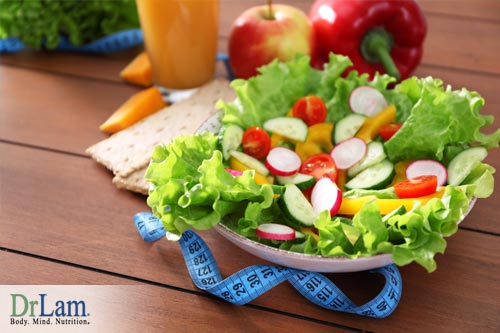 The lifespan of animals has been increased by 200% or more by calorie restriction alone. These calorie-restricted animals remain active, live longer, and get sick less frequently. Their fur and skin remain pretty and white, and their eyes remain clear and bright. The body self-adjusts and slows its metabolic rate to accommodate the lower caloric intake. This means less wear and tear on the body organs to process food and their by-products. Like an engine that is not revved as much, body components are stressed less when calorie intake is lowered.
The lifespan of animals has been increased by 200% or more by calorie restriction alone. These calorie-restricted animals remain active, live longer, and get sick less frequently. Their fur and skin remain pretty and white, and their eyes remain clear and bright. The body self-adjusts and slows its metabolic rate to accommodate the lower caloric intake. This means less wear and tear on the body organs to process food and their by-products. Like an engine that is not revved as much, body components are stressed less when calorie intake is lowered.
While there is a universal agreement among scientists that calorie restriction works, the problem is that even the best Mediterranean diet cannot give you adequate amounts of nutritional factors for anti-aging purposes. Take Vitamin C as an example. For prevention of scurvy caused by Vitamin C deficiency, 65 mg of Vitamin C is all that is needed. However, the National Academy of Science now recommends a daily Vitamin C intake of 90 mg for men and 75 mg for women, with an established upper limit considered safe of 2,000 mg per day. The average RED contains 65 mg of Vitamin C. To reach 2,000 mg, you would have to consume 30 REDs a day. Similarly, a 5,000 calorie diet is needed to acquire the commonly recommended 400 IU of Vitamin E a day. Clearly, the catch-22 is that one cannot have calorie restriction and optimum nutrition at the same time from diet alone.
Optimal nutritional supplementation therefore is a necessary foundation and pillar of a successful anti-aging program and in treating exhaustion and menopause. This will ensure that the body receives optimum amount of nutrients without an excessive number of calories.
In addition to anti-oxidants, steps should be taken to neutralize the amount of excessive estrogen ingested. Environmental estrogen (also called xeno-estrogen) is omni-present in the developed world. Chemicals with weak estrogen effects are present in the pesticide sprayed on fruits, poly-carbons of our utensils made from plastics , hormone laced beef and poultry, and shampoos we use, just to name a few. Excessive estrogen is a leading cause of breast cancer in the female as well as a multitude of mental and physical exhaustion and menopause symptoms related to estrogen dominance, including pre-menstrual symptoms, pre-menopausal symptoms. Estrogen is also an antagonist of the small amount of testosterone in the female body. Elevated estrogen levels can be neutralized by a reduction of estrogen exposure through a proper wholesome fresh whole food diet, especially a diet rich in cruciferous vegetables such as broccoli, cauliflower, cabbage, kale, bok choi, and brussels sprouts.
Fortunately, scientists are able to isolate the active ingredient of cruciferous vegetables. It is called Indole-3-Carbinol (I3C). Unfortunately, I3C has drawbacks. Numerous studies have shown that I3C, and in particular its reaction product ICZ, are associated with a number of unwanted activities that are not compatible with safe, long-term use. I3C supplementation is not recommended. Fortunately, I3C combines with stomach acid to form 3,3-Diindolylmethane (DIM). DIM supplementation is available. It is safe.
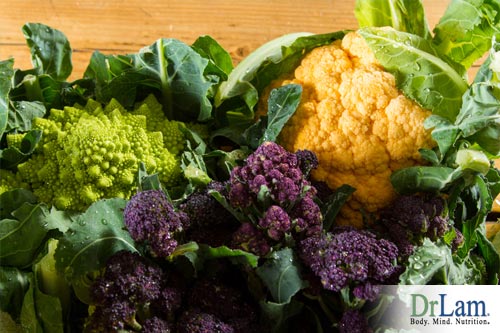 DIM is a balancer of estrogen metabolism. Let us review the pathway of estrogen metabolism first. Estrogen is metabolized in the liver . One of its metabolites - 16 alpha hydroxy estrone - is a carcinogenic metabolite implicated in propagating and promoting many hormone-sensitive cancers. Studies have shown that it was not the absolute amount of it, but the ratio of another estrogen metabolite called 2 hydroxy estrone to 16 alpha hydroxy estrone that was the more important predictor of cancer risk. The 2 hydroxy estrone is therefore known as the good or protective estrogen, and the 16 alpha hydroxy estrone has been deemed to be the bad or carcinogenic estrogen. One of the most efficient and healthiest ways to increase the ratio of these estrogen metabolites in favor of the good estrogen, is to eat large quantities of cruciferous vegetables or take DIM supplements.
DIM is a balancer of estrogen metabolism. Let us review the pathway of estrogen metabolism first. Estrogen is metabolized in the liver . One of its metabolites - 16 alpha hydroxy estrone - is a carcinogenic metabolite implicated in propagating and promoting many hormone-sensitive cancers. Studies have shown that it was not the absolute amount of it, but the ratio of another estrogen metabolite called 2 hydroxy estrone to 16 alpha hydroxy estrone that was the more important predictor of cancer risk. The 2 hydroxy estrone is therefore known as the good or protective estrogen, and the 16 alpha hydroxy estrone has been deemed to be the bad or carcinogenic estrogen. One of the most efficient and healthiest ways to increase the ratio of these estrogen metabolites in favor of the good estrogen, is to eat large quantities of cruciferous vegetables or take DIM supplements.
In addition to the estrogen balancing effect, DIM stimulates progesterone production and compete with testosterone for protein binding. This helps to maintain testosterone in its free form. As estrogen metabolism slows due to the aging process (especially prevalent when coupled with obesity and regular alcohol use), estrogen metabolism is reduced. DIM reduces the conversion of testosterone to estrogen. Once absorbed, DIM promotes healthy estrogen metabolism and improve exhaustion and menopause symptoms of estrogen-related imbalances.
Over 40 studies on DIM is on file in the National Library of Medicine database. As little as 0.5mg/kg body weight/day of DIM has been demonstrated as an effective dose. DIM can be used in conjunction with phytoestrogens such as isoflavones. Its use is cautioned in women taking the oral contraceptive as it theoretically may reduce effectiveness.
The use of DIM is compatible with other phytonutrients such as soy, black cohash, red clover, and chasteberry extract. Especially popular in recent years are soy products which contain isoflavone, a phytoestrogen that is 500 times weaker than estrogen. More than 1,000 medical and scientific papers have been published on isoflavones. There are three primary isoflavones in soybeans: genistein, daidzain, and glycitein. In various experimental models, isoflavones have exhibited properties that suggest they may help to lower the risk of cancer, heart disease, osteoporosis, and for the relief of menopausal symptoms such as hot flashes. In addition to breast cancer, soybean isoflavones may help reduce the risk of several types of cancer, including lung, colon and rectal cancer.
As a result, soy products have been heavily promoted in recent years. It should be noted that only soy that is fermented (such as miso or tempeh) is completely beneficial; as unfermented soy can do more harm than good in our body due to its toxic metabolites, if the intake is too much.
Isoflavone and DIM work under different pathways. While studies have shown that supplementation with 200 mg/day of soy isoflavones increase the production of estrogen metabolites, the effect is much less than that seen with absorbable DIM or I3C. As competitors to estrogen, phytoestrogens may interfere with normal brain aging. Recent studies suggest that soy phytoestrogen may be associated with accelerated brain aging and cognitive decline in both women and men. Mother nature has taught us that excessive use or ingestion of any one food is not good. A proper balance is the key. From a nutritional supplementation perspective, both DIM and isoflavone supplement should be considered, both in optimum and not in mega doses.
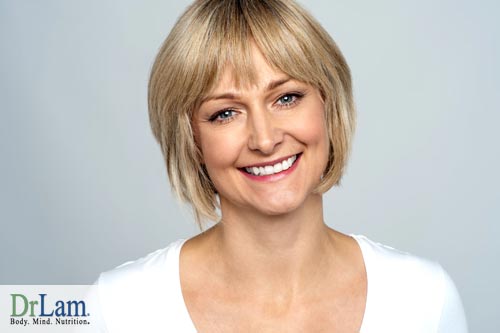 The body goes through 3 phases of aging. Before age 35, it is in the sub-clinical phase where symptoms of aging are hardly detectable. The transition phase starts at age 35 and ends around age 45 or so. During this phase, gross signs of aging starts become evident as the body prepares itself for menopause. From age 45 onwards, the body enters phase 3, or the clinical phase of aging. During this phase, rapid decline in physical health and symptoms of exhaustion and menopause, and most of all, aging come into full bloom. The nutritional needs of the menopausal woman are different from her child-bearing years. Some of the differences
The body goes through 3 phases of aging. Before age 35, it is in the sub-clinical phase where symptoms of aging are hardly detectable. The transition phase starts at age 35 and ends around age 45 or so. During this phase, gross signs of aging starts become evident as the body prepares itself for menopause. From age 45 onwards, the body enters phase 3, or the clinical phase of aging. During this phase, rapid decline in physical health and symptoms of exhaustion and menopause, and most of all, aging come into full bloom. The nutritional needs of the menopausal woman are different from her child-bearing years. Some of the differences
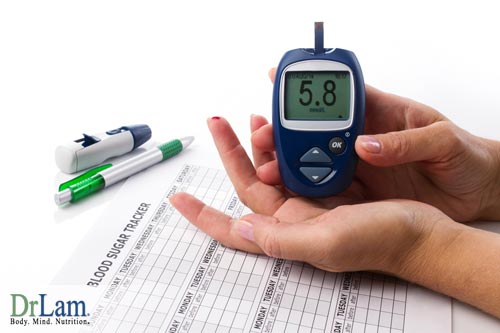 Endocrine System. As you age, your pancreatic function declines, leading to glucose imbalance. Just as "pausing" of the ovaries leads to menopause with decreasing estrogen output, "pausing" of the pancreas leads to decreasing secretion of insulin. This can lead ultimately to diabetes. To normalize blood sugar levels, adequate chromium is a must. Over 90% of Americans are deficient in meeting the RDA of 50 mcg of chromium a day. Many anti-aging researchers recommend 200 mcg a day, which would require a 5,000 calorie diet! Chromium polynicotinate is the most bioavailable form of chromium and supplementation may be beneficial to help normalize blood sugar levels.
Endocrine System. As you age, your pancreatic function declines, leading to glucose imbalance. Just as "pausing" of the ovaries leads to menopause with decreasing estrogen output, "pausing" of the pancreas leads to decreasing secretion of insulin. This can lead ultimately to diabetes. To normalize blood sugar levels, adequate chromium is a must. Over 90% of Americans are deficient in meeting the RDA of 50 mcg of chromium a day. Many anti-aging researchers recommend 200 mcg a day, which would require a 5,000 calorie diet! Chromium polynicotinate is the most bioavailable form of chromium and supplementation may be beneficial to help normalize blood sugar levels.Summary of the daily nutritional consideration for women 45 and over:
Ascorbyl Palmitate: 100 - 200 mg
L-Lysine: 150 - 250 mg
L-Proline: 100 - 200 mg
Amylase: 1,500 SKBU
Cellulase: 500 ECU
Lipase: 4800 IU
Ascorbic Acid (Vitamin C): 1,000 - 3,000 mg
Magnesium: 400 - 1,000 mg
Malic Acid: 100 - 500 mg
Grapeseed Extract: 50 - 100 mg
Citrus Bioflavinoids: 50 - 100 mg
Selenium: 200 - 300 mcg
Beta Carotene : 15,000 - 30,000 IU
L-Glutamine: 1,000 - 2,000 mg
Chamomile: 50 - 200 mg
Calcium: 500 -1,000 mg
Chromium: 200 mcg
Vitamin E: 400 - 800 IU
Beta Carotene: 15,000 - 30,000 IU
DIM: 35 - 50 mg
Progesterone Isoflavone Extract: 200 mg
Natural Progesterone Cream: 20 mg a day
Menopause can be seen as an estrogen and progesterone deficiency disease in an aging body. Many have found estrogen replacement a relief for their exhaustion and menopause symptoms. However, more than 50% of all women taking conventional estrogen (unnatural) replacement therapy go off it after 1 year. Its side effects such as bloating, lethargy and fatigue can be as unbearable as the symptoms of menopause. Obviously there is much to be desired.
For women who find hormonal replacement therapy necessary, the choice of whether to use the natural versus unnatural forms of hormone remains a difficult decision. Both forms have cardio-protective properties and prevent osteoporosis. While unnatural forms have been documented to also be associated with an increased risk for certain types of cancer, the natural forms have not yet had sufficient long term studies to show results regarding their relation to cancer risk. While there is no proof that cancer will not occur with the natural form, there is no reason to suspect that it would since the natural form is identical to that produced by the human body. Regardless of whether the natural or unnatural form is used, the risk of cancer associated with hormone replacement therapy is real and cannot be discounted.
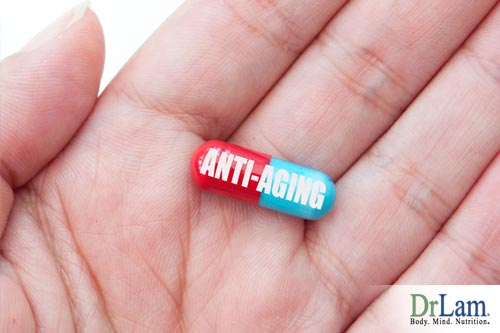 Those who are age 45 or over are in the clinical phase of aging, a phase where declining bodily function is grossly evident causing rapid deterioration. This phase lasts for approximately 35 years based on the current life expectancy in developing countries of 78 years. Exhaustion and menopause symptoms are most prominent for the first 10 years or so of this phase.
Those who are age 45 or over are in the clinical phase of aging, a phase where declining bodily function is grossly evident causing rapid deterioration. This phase lasts for approximately 35 years based on the current life expectancy in developing countries of 78 years. Exhaustion and menopause symptoms are most prominent for the first 10 years or so of this phase.
It is so easy to become preoccupied by focusing on managing exhaustion and menopause symptoms that one misses the big picture - how to optimize bodily function from age 45 onwards, realizing that exhaustion and menopause is just one short phase within that continuum.
The goal in any peri- and post-menopausal program should be the same: to keep the body in optimum anti-aging health. The best protocol is comprised of a consistent regimen of:
1. Balanced anti-aging diet
2. Precision anti-aging exercise
3. Optimum nutritional supplementation
4. Stress reduction.
During the approximately 10 years of transition years from pre- to post-menopause, faithful adherence to the above protocol will resolve many of the uncomfortable associated physical and mental exhaustion and menopause symptoms for the vast majority. If hormone replacement therapy is desired, before proceeding, consult a physician who is well versed in both natural and conventional forms of hormone replacement therapy.
© Copyright 2013 Michael Lam, M.D. All Rights Reserved.
